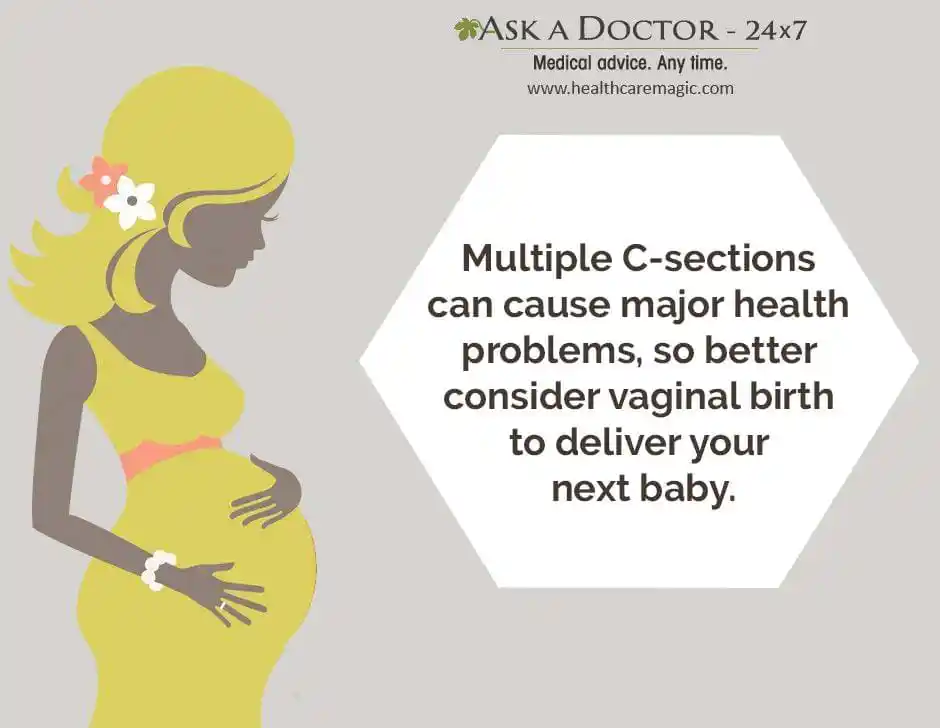Is A Normal Delivery Or Vaginal Birth Possible After Cesarean?
With the overshoot of cesarean deliveries by almost 5 to 10 times in the last 5 decades and considering the risks associated with surgery, the medical fraternity is promoting vaginal births after cesarean or VBAC. Yes! You read it right!
Even if you had delivered your first baby via cesarean section, your doctor may suggest trying for vaginal birth in your second pregnancy. Continue reading to understand more about VBAC and to find out whether it can be a suitable option for you.
What is VBAC and why should one opt for it?

VBAC is an approach to curb the increasing rate of cesarean deliveries by encouraging vaginal deliveries in women who have earlier given birth by a C-section.
Vaginal delivery is preferred over C-sections owing to the smaller amount of risk involved. In fact, the American College of Obstetricians and Gynecologists (ACOG) propounds that VBAC may be safer than second elective C-sections because they include:
- No abdominal surgery
- Lower risk of infection
- Lesser blood loss
- Shorter recovery period
A mother who has given birth vaginally may be able to breastfeed her baby within an hour of giving birth, as recommended by AAP (American Academy of Pediatrics) and WHO (World Health Organization).
Multiple C-sections can also cause health problems such as:
- Bladder and bowel injury
- Uterine rupture or heavy bleeding leading to hysterectomy
- Problems with placental implantation
So, if you are planning more pregnancies, it may be a good idea to avoid elective C-sections. While medical reasons may necessitate them, the decision to go under the knife for personal reasons must always be avoided.
Can everyone opt for VBAC?

The answer is NO. This is because the abdominal surgery during C-section leaves a scar inside the uterus. Labor can cause this scar to tear (uterine rupture) endangering mother’s and baby’s life. In fact, a failed trial of labor is associated with more complications than a second elective C-section and is a medical emergency.
Fortunately, according to ACOG, almost 60% to 80% of trial of labor after cesarean (TOLAC) are successful. So talk to your doctor about VBAC to help you choose the right option considering your specific health condition.
Which factors promote the chances of VBAC?

The likelihood of having a successful VBAC increases when:
- Your last delivery was at least 24 months ago
- Your cesarean was a lower transverse type
- You have had no more than two C-sections
- You have had a vaginal birth earlier
- Your baby’s position (head down) and size are suitable for vaginal birth
- You experience spontaneous labor pains
- Your cervical dilation is almost 3 cm
However, your doctor will remain prepared for an emergency and may perform a C-section, if circumstances entail. Avoid induction and augmentation of labor as they may increase the risk of complications during labor.
Last but not the least, if you’re planning to go for VBAC make sure to cross check twice that your hospital is equipped with handling complications and emergencies that may arise. Stay informed to stay health wise!
For any further query on VBAC, C- Section or other pregnancy and childbirth related issues, you can consult an Obstetrician & Gynecologist at www.healthcaremagic.com
Ask a Specialist
Recent Questions


